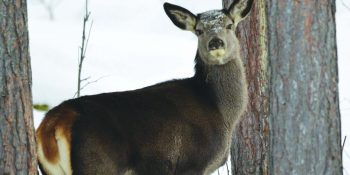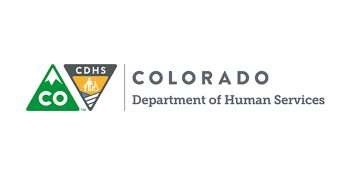|
Washington, DC—The American College of Emergency Physicians (ACEP) urges everyone to be safe this holiday season. A few safety tips will go a long way toward making sure your holiday is safe and fun. “Preparation, organization and common sense are the most important ingredients in the recipe for a safe and fun Thanksgiving,” said William Jaquis, MD, FACEP, president of ACEP. “Do your part to make sure you can spend the holiday with friends and loved ones instead of the emergency department. But, rest assured that an emergency physician will be there for you anytime an emergency occurs, 24 hours a day, seven days a week, even on holidays.” Practice safe cooking techniques. Watch temperature levels, read instructions, make sure ovens are functioning properly. Unsafe handling or undercooking food can lead to illness, such as salmonella. Thaw turkey properly before cooking at a minimum of 325 degrees Fahrenheit to avoid health issues. The Centers for Disease Control and Prevention (CDC) discourages thawing turkey by leaving it on the countertop, which can cause bacteria growth. If thawing by leaving the turkey in the refrigerator, allow 24 hours for every five pounds of weight. The US Department of Agriculture says that leftovers are good for three to four days, if refrigerated. Make sure you wash your hands, cook on a clean surface and avoid cross-contamination with raw meats or other food that requires safe handling. Supervise children in the kitchen. Accidents happen when kids can grab sharp knives or touch hot pots on the stove. Every day 300 children are treated in emergency departments for burn-related injuries, according to Safe Kids Worldwide. Burns and scalds remain the number one cause of unintentional injury in children ages 0-5. Don’t leave food cooking unattended, home fires often start in the kitchen. Take your time to avoid slips or falls and reduce the number of safety hazards in crowded areas. Don’t leave candles burning if you are not in the room and don’t light candles near open windows. Celebrate responsibly. Enjoy the festivities in moderation. Overeating can cause stomach issues or more serious health problems for patients with chronic conditions, such as diabetes. If alcohol is being served, please do not drink and drive. Thanksgiving is one of the heaviest traffic days of the year. If weather is bad, allow plenty of travel time. Make sure your vehicle has an up-to-date safety kit. And, try to stay calm. More information about holiday safety is available at www.emergencyphysicians.org. Contact: Steve Arnoff @EmergencyDocs The American College of Emergency Physicians (ACEP) is the national medical society representing emergency medicine. Through continuing education, research, public education and advocacy, ACEP advances emergency care on behalf of its 40,000 emergency physician members, and the more than 150 million Americans they treat on an annual basis. For more information, visit www.acep.org. |
SPREAD THE NEWS
COMMENT, Like, Follow & SHARE @I70Scout
CURRENT EDITION
WEATHER & TRAFFIC PUZZLES RECENT NEWS ADVERTISE WITH US









